I have many favorite rivers, but Southern Oregon’s Illinois River is my actual #1 favorite. Its most commonly rafted section is a three to four day expedition with numerous Class IV (and one Class V) rapids. Beyond world-class whitewater, the Illinois River carves an unspoiled and amazingly beautiful canyon through the remarkable Kalmiopsis Wilderness.
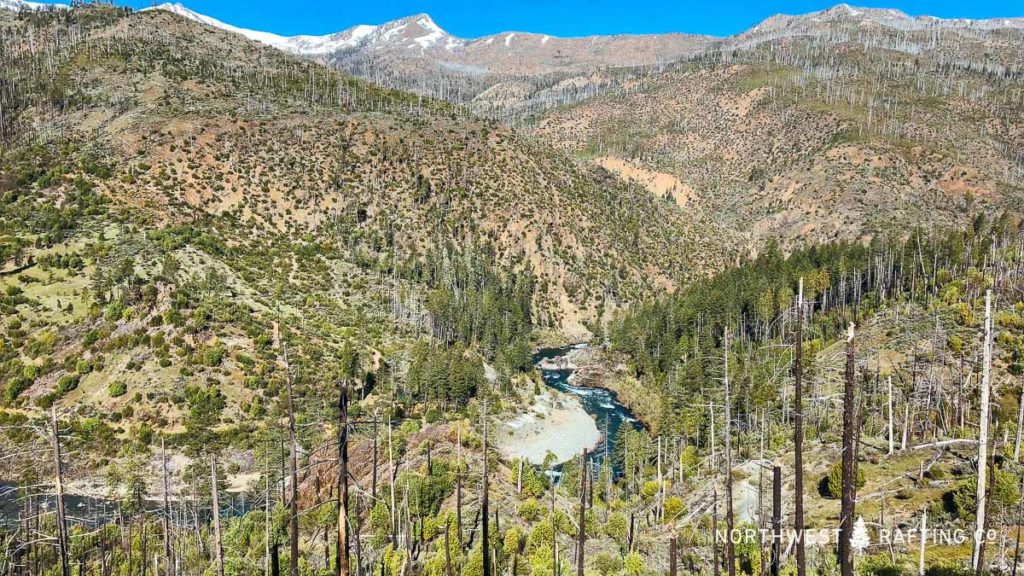
The Illinois River is famous for its clear water, stunning scenery, and botany. It’s also a refuge for salmon and steelhead, as it is one of only two river systems in Oregon with no hatchery program. Fish in the Illinois River are truly wild, without genetic tampering from hatcheries.
The Illinois River is truly a unique gem. We are all lucky 50.4 miles of it has been protected as a National Wild and Scenic River. But, while 1/4 mile on either side river is protected under the Wild and Scenic Rivers Act, much of its watershed – except where it flows through the Kalmiopsis Wilderness – is not.
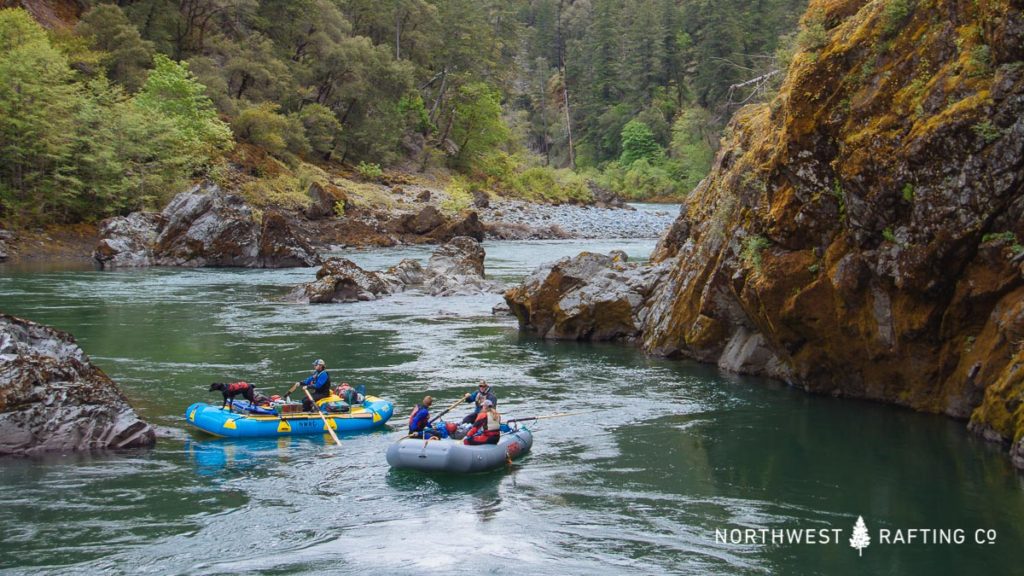
What makes the Illinois River so exceptional is the integrity and uniqueness of its unprotected tributaries and their wild watersheds. As its only large free flowing tributary, the Illinois contributes high quality water and native salmon and steelhead to the larger world famous Rogue River below Agness.
In 1994, the U.S. Forest Service found four of the Illinois River’s tributaries eligible to become Wild and Scenic Rivers – nationally outstanding and unique in their own right. They are:
Rough and Ready Creek
This little known creek flows out of the Kalmiopsis Wilderness, through the South Kalmiopsis Roadless Area and the Rough and Ready Creek Botanical Area and Area of Critical Environmental Concern to join the West Fork of the Illinois River. Since it travels through serpentine geology, the area has the appearance of a desert, even though it can, in fact, receive 100 or more inches of rain each year.
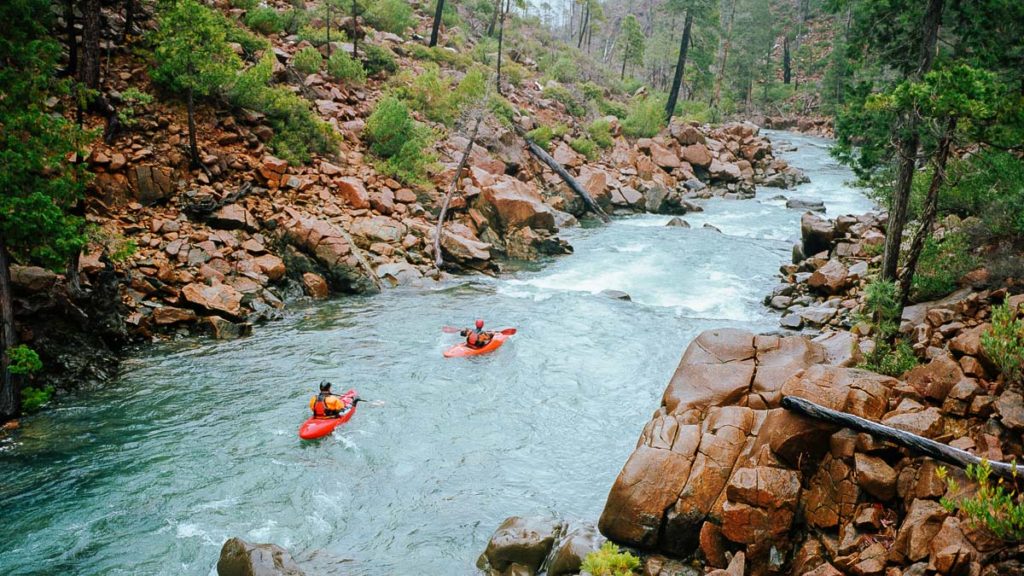
Rough and Ready Creek’s unique serpentine geology makes it difficult for traditional flora to grow. Because of this, there are many rare and endangered plants that have adapted to the lack of nitrogen in the soil. One of these is the carnivorous Darlingtonia californica, a fire-resistant plant that receives much of its nitrogen from insects.
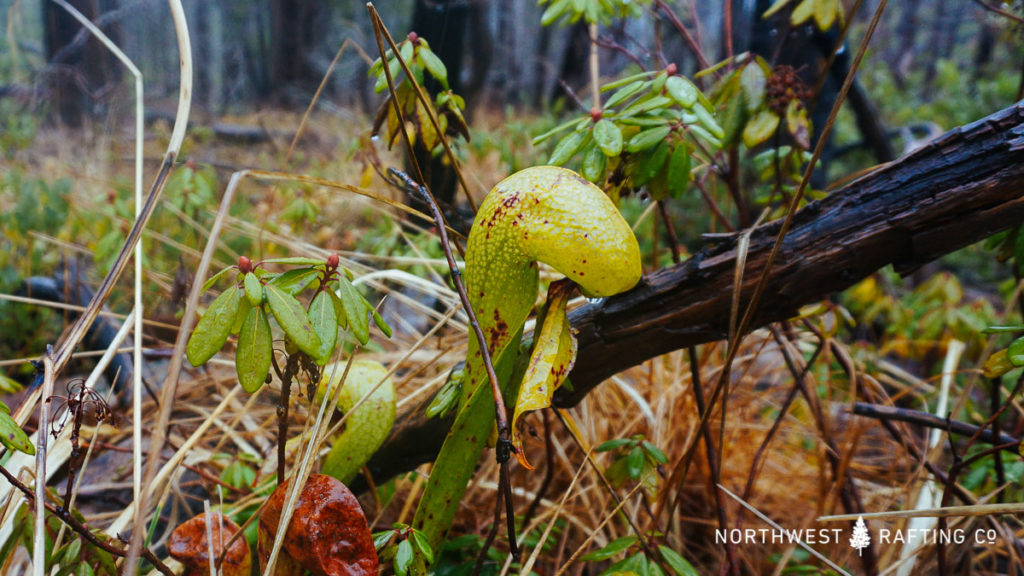
The Rough and Ready Creek watershed has the highest concentration of rare plants in Oregon.
This special creek is currently threatened by nickel strip mining and the introduction of the non-native pathogen Port-Orford-cedar root disease. Rough and Ready Creek is currently protected from new mining claims by a temporary mineral withdrawal while we wait for permanent protection.
Josephine and Canyon Creeks
Josephine Creek contributes about 17% of the summer low flow to the first mile and a half of the Wild and Scenic Illinois River. Its watershed lies immediately north of Rough and Ready Creek, adjacent to the east side of the Kalmiopsis Wilderness.
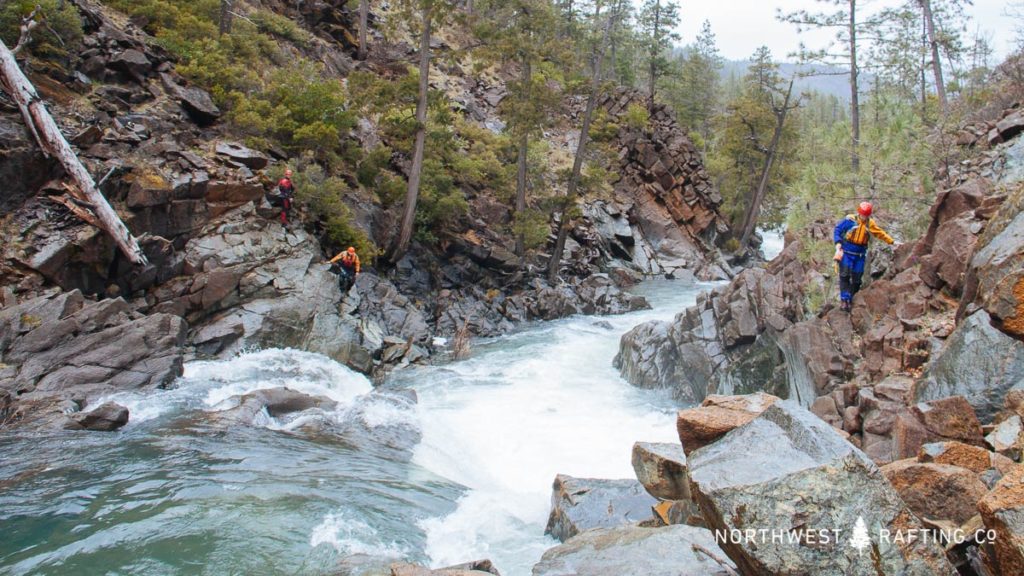
Josephine Creek is known for its beautifully clear water and, was recently discovered to have the largest concentration of a unique rare plant habitat known as serpentine Darlingtonia wetlands. Because of their regional importance all wetlands in the watershed have been designated as “essential” serpentine wetlands.
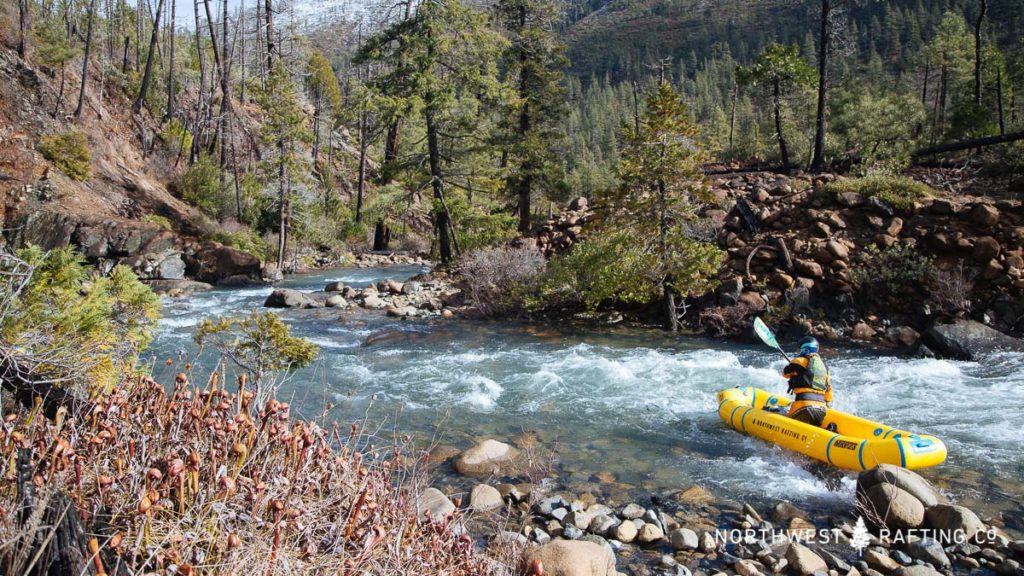
Rare Brewers spruce and beautiful old forests are found are found the headwaters of Josephine Creek’s largest tributary, Canyon Creek. Gold was first discovered in southwest Oregon along Canyon Creek in 1851. The creek, which lies in the South Kalmiopsis Roadless Area is known for its high concentration of historic mining remains.
The rugged, scenic Kalmiopsis Rim trail follows the watershed divide between Josephine Creek and the Wild and Scenic Chetco River in the Kalmiopsis Wilderness.
Silver Creek
Silver Creek provides 20 to 30% of the summer low flow to the Wild Section of the Wild and Scenic Illinois River. It’s one of the most productive native steelhead streams in the entire Rogue Basin and known for its exceptional water quality and pristine spawning and rearing habitat.
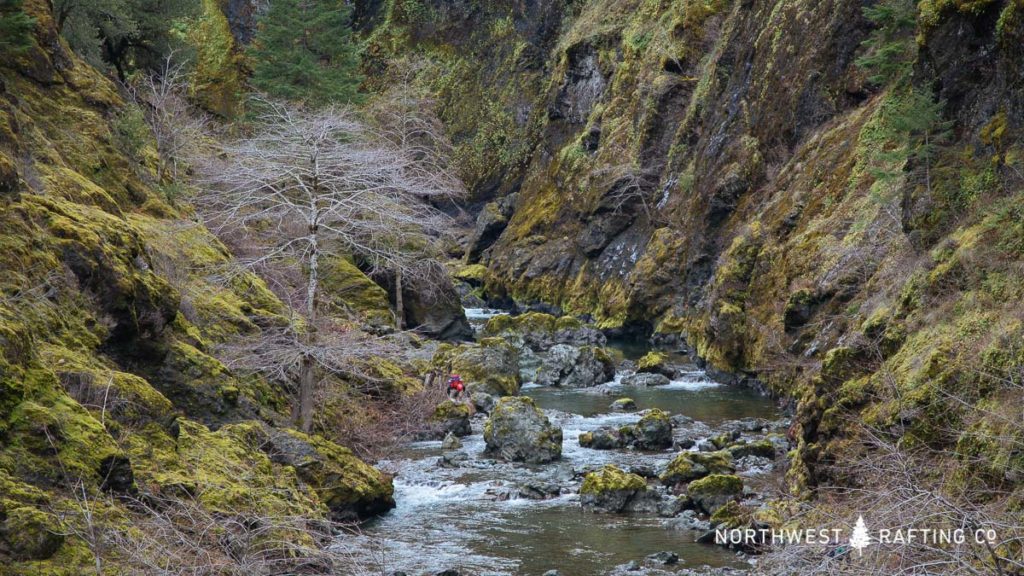
Anyone who has paddled the Illinois River will remember passing its beautiful and steep canyon at mile 25. Silver Creek has only been paddled by a handful of intrepid paddlers.
Indigo Creek
This unspoiled tributary of the Illinois River parallels Silver Creek’s north to south route as it makes its descent through the North Kalmiopsis Roadless Area to the Illinois River. Its pristine watershed is a remarkably productive refuge for steelhead as well as a place for primitive “off the beaten path” recreation.
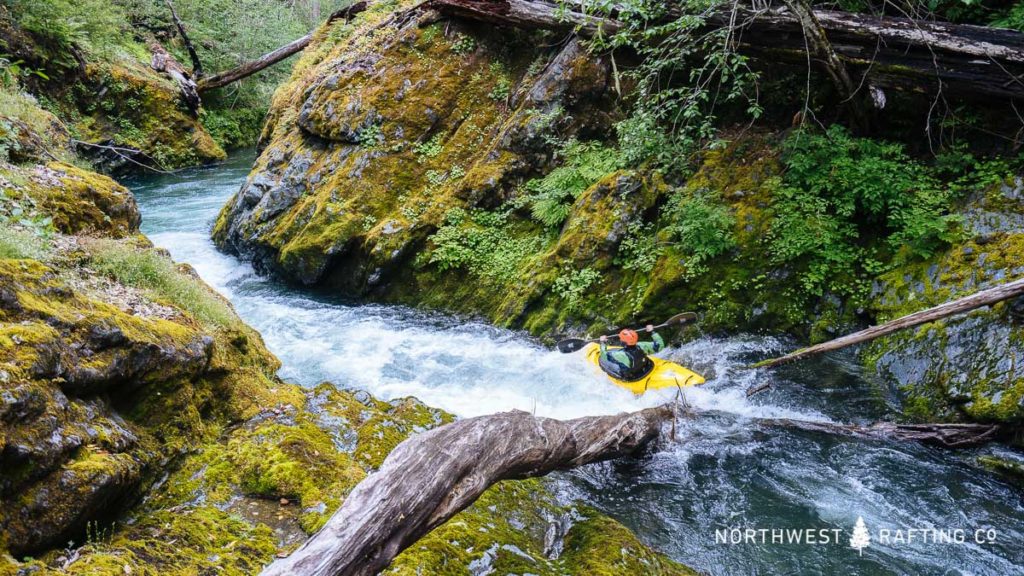
Like Silver Creek, only a handful of whitewater paddlers and hikers have explored this unique and unprotected creek. The final mile before it meets the Illinois River flows through dramatic serpentine geology dotted with Darlingtonia californica.
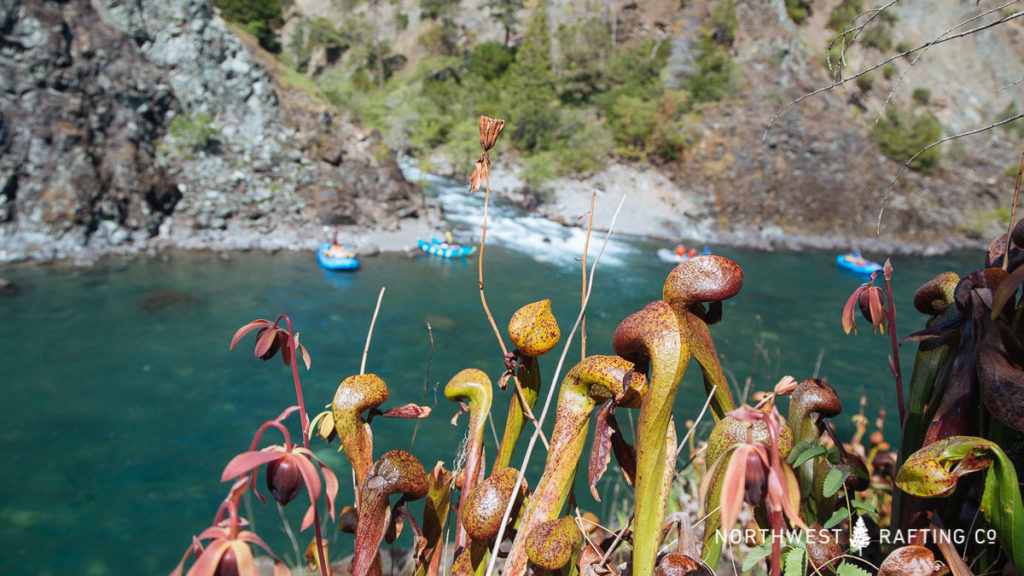
In 1994, the U.S. Forest Service found these unique tributary streams eligible to become Wild and Scenic Rivers due to their outstanding water quality, fisheries and botanical values. Since then we’re learned even more about their exceptional values. They are truly special in their own right but they’re also essential to preserving the health and integrity of the Wild and Scenic Illinois and Rogue rivers. It’s time to act on the Forest Service’s findings and designate them National Wild and Scenic Rivers.